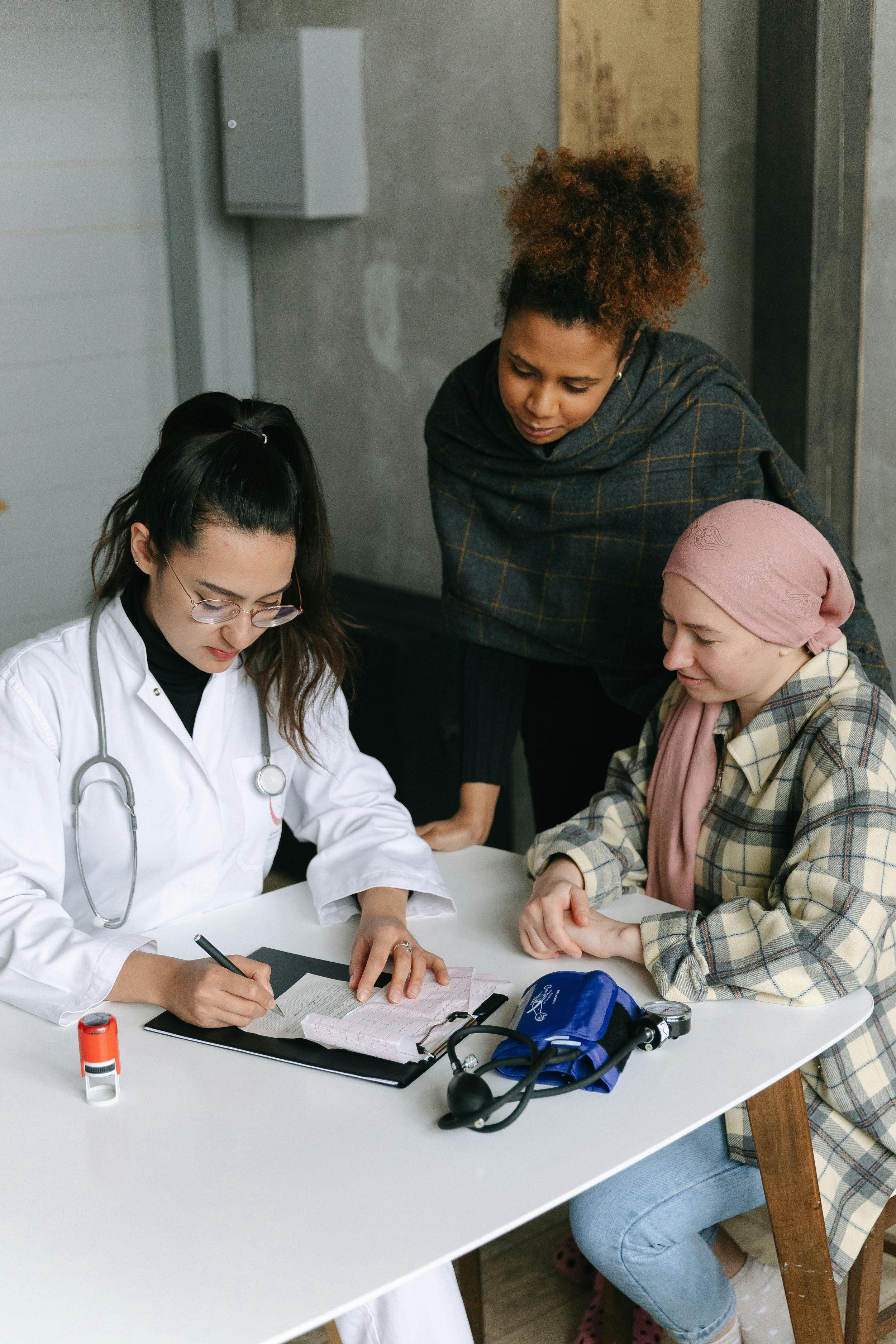Our Initiatives
Our Initiatives
We strengthen medical and emergency response systems, use policy advocacy to change practice, and raise awareness in communities.
We’ve identified two communities that need our support, so we’re starting there; with Moms and First Responders.
Our organization is building an evidence-based and humane response to the opioid crisis through the distribution of naloxone in medical spaces.
Year after year, opioid overdose has remained a leading cause of maternal death in the United States, which suffers from the highest rate of maternal mortality of any industrialized nation in the world.
Our MOMs (Maternal Overdose Matters) Initiative works toward a future in which all hospital-based labor and delivery units, as well as perinatal units provide overdose education and naloxone distribution directly to at-risk mothers and their families.
We deploy a systems-change approach to the opioid crisis in the United States through our focus on healthcare, public policy, and the community. TNP works with hospitals, clinics, and first responders to identify those at-risk of overdose and hand naloxone directly to them.
EMS and first responders have served on the front lines of this crisis and respond to hundreds of emergency calls for substance-related emergencies daily.
Prehospital providers reverse thousands of overdoses a year and represent our medical system’s front line in our efforts to address the opioid crisis. Moreover, EMS agencies are uniquely positioned in their communities to identify individuals at risk for opioid overdose or identify areas of high-yield intervention.
Outpatient Clinic Program
The Naloxone Project's Outpatient Clinic program was created in March 2023 after many clinic providers came to us saying that patients who were uninsured or underinsured and had little access to naloxone needed it.
At its inception, only rural and high-volume clinics were eligible to enroll. High volume is defined as seeing a large number of patients with substance use disorder. The program was later opened to all clinics across Colorado that were eligible to enroll.
Our program has reached a diverse range of 160 clinics in the state, spanning pediatric, primary care, orthopedics, behavioral health, dental, and OBGYN specialties. We are proud to announce that we have already distributed over 9,000 doses of naloxone to these clinics, with many of them initiating patient distribution.
We are thankful to partner with so many clinics across the state to distribute this life-saving drug.
The Naloxone Project has recently started a pilot program to serve patients leaving an orthopedic or spine surgery.
The pilot box, a comprehensive solution we have developed, contains naloxone, a drug-disposal solution, and detailed instructions on their usage. The exterior of the box provides valuable information on pain management.
The box is being piloted in one hospital in Colorado for six months. We plan to expand to many more hospitals in the future.
Surgical Pilot Program
Still curious about our work and key findings?
Check out our resources such as research reports, videos and more to learn about our work and its’ impact.












